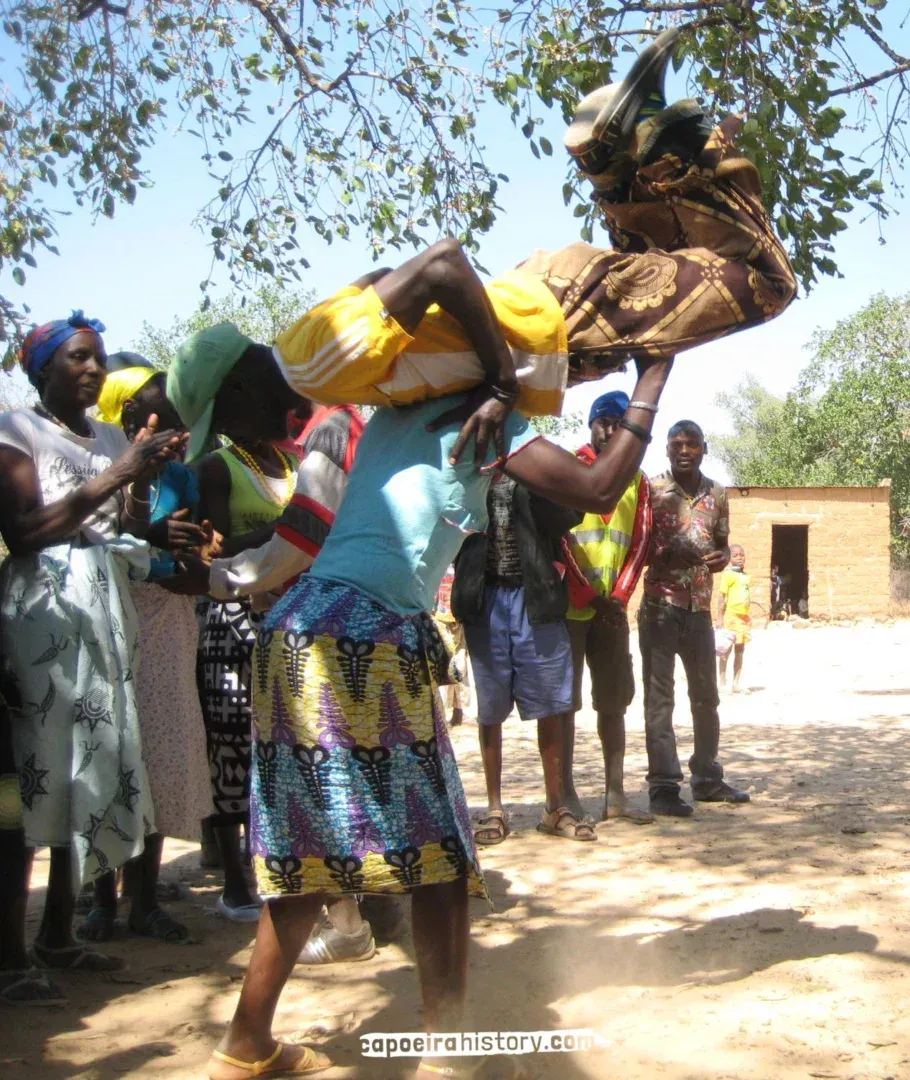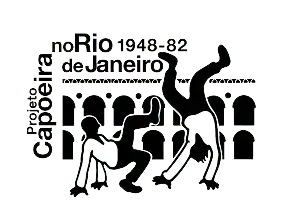Dances

Among the many dances of Southwest Angola, Khakula, Ovipiluka or Ovissungo and Onkhili where documented by the project team:
Khakula


Ovipiluka and Ovissungo
Ovipiluka and Ovissungo are the names given to the dance but also the songs which are performed by Nkhumbi women in Southern Angola (extra 3). The dance is usually accompanied by two drums and handclapping, with the songs providing the framework for the course of proceedings. For instance, the short-lined songs at the beginning and at the end welcome the guests and thank the host. Other songs allude to key themes of the festivity and use humour to comment on people’s behaviour. The dance follows a basic step pattern, following the drums, but is interpreted through variations and individual improvisations. Omumbanda is an older dance for women, rarely practised today.
Onkhili

